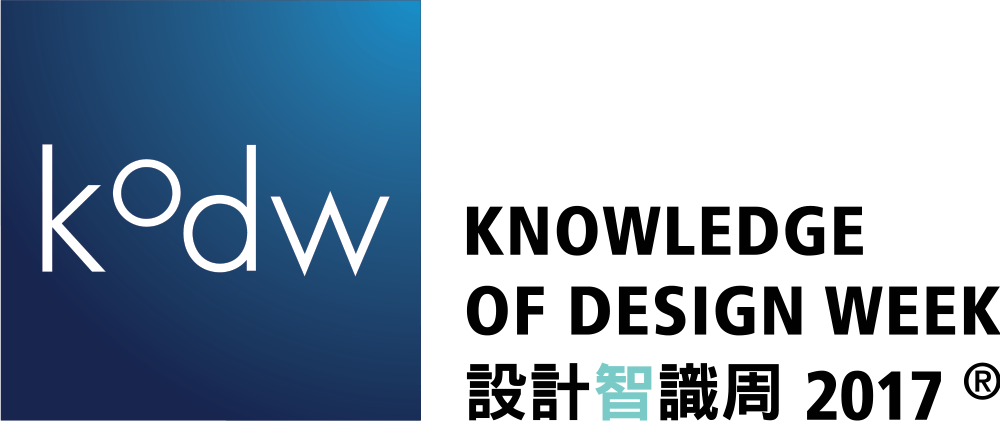
Dan Toon, Design Lead, McLaren Applied Technologies
How do you feel?
For all the advances in medical science over the centuries, so many doctor-patient interactions still hinge on subjective rather than objective measurements. So, how do you feel?
Technology enables us to pose this question much more objectively – and to receive more detailed and accurate answers.
In the health space, however, we believe that the best solutions are less about technology than you might think. This might seem like an incongruous message from a technology company founded on the principles of continuous innovation, but bear with me.
When the goal of the exercise is to improve a patient’s wellbeing, a technical solution can contribute to that outcome, but we don’t see our role as being to push technology at the challenge.
Instead, our challenge is to make technology, however amazing, fit for purpose. At the moment when we begin a project, we go through an initial phase of all-out discovery, deploying as many sensors as we can to gather as much information as possible. The role of good, disciplined design is to distil those inputs into the simplest and least complicated form, identifying and discarding the information that has no bearing on the desired outcome. The solutions we arrive at should therefore be a perfect fusion of design and technology – fit for purpose, but not complicated or embellished beyond that.
We will continually improve this process and achieve even greater purity of design, by moving away from the philosophy of capturing every piece of data possible. It’s all about asking the right questions.
Like the business world, the healthcare industry is captivated by the idea of the ‘right data’. It’s perfectly understandable. A rich resource of data is the key to generating actionable intelligence, and many of us now use wearable devices, smartphone apps and social sharing platforms to take more responsibility for our own health, whether that is through monitoring our food and drink intake or measuring our physical activity.
You can buy a smartwatch from an online retailer or on the high street and generate an almost instant data stream. By contrast, if you are one of the tens of thousands of people who have a hip or other joint replaced, your Orthopaedic clinician still has to run through a checklist of subjective measurements to determine the operation’s success. How do you feel? Can you rate the pain on a scale of one to 10?
Sensors and data measurement can vastly improve patient care in this field. But how much information is too much? What is relevant and actionable, and what is superfluous?
McLaren Applied Technologies’ expertise in gathering data and deriving insight is well established. In the health space, we now use tools first developed to measure and understand the ‘health’ and performance of a Formula 1 racing car to improve health outcomes for humans, expedite clinical trials, and provide strategic insights that clinicians and patients can act upon.
Our process is one of discovery, a rich combination of design, data science and technology. It’s the blending of those three capabilities that’s really powerful: robust, reliable sensor technology that can measure and transmit performance metrics 1000 times a second, analytical tools that provide meaningful insight into those metrics, and rapid-prototyping techniques that enable us to design and evaluate new solutions with incredible speed.
We see the future of data collection as becoming an even more refined process, one where our understanding has built to a point where our focus shifts from collecting everything to knowing what to gather from the outset.
That’s why I like to say we’re trying to create the simplest smart product we can: one that, like a Formula 1 car, is a constantly evolving prototype.
By, applying our intelligence and insight, we fine tune the finished product, then release it to the market. We’re doing this right now in digital therapeutics, all part of our mission to improve lives.
At the point of market release, our product is in the simplest, purest form we can achieve, collecting a rich stream of data – the right data – and perfectly fulfilling its function. That’s because we believe that too much information is a burden – not only to the patients themselves, but to the clinicians who need to derive insights.
By stripping out the noise, we give healthcare professionals the appropriate information to make the correct decisions on behalf of their patients. We reduce the possibility of error, and increase the likelihood of a positive outcome – or achieve it outright.
In health, technology is an enabler. It’s the tool that helps you ask the right questions.
So how do you feel about that?


Leave A Comment